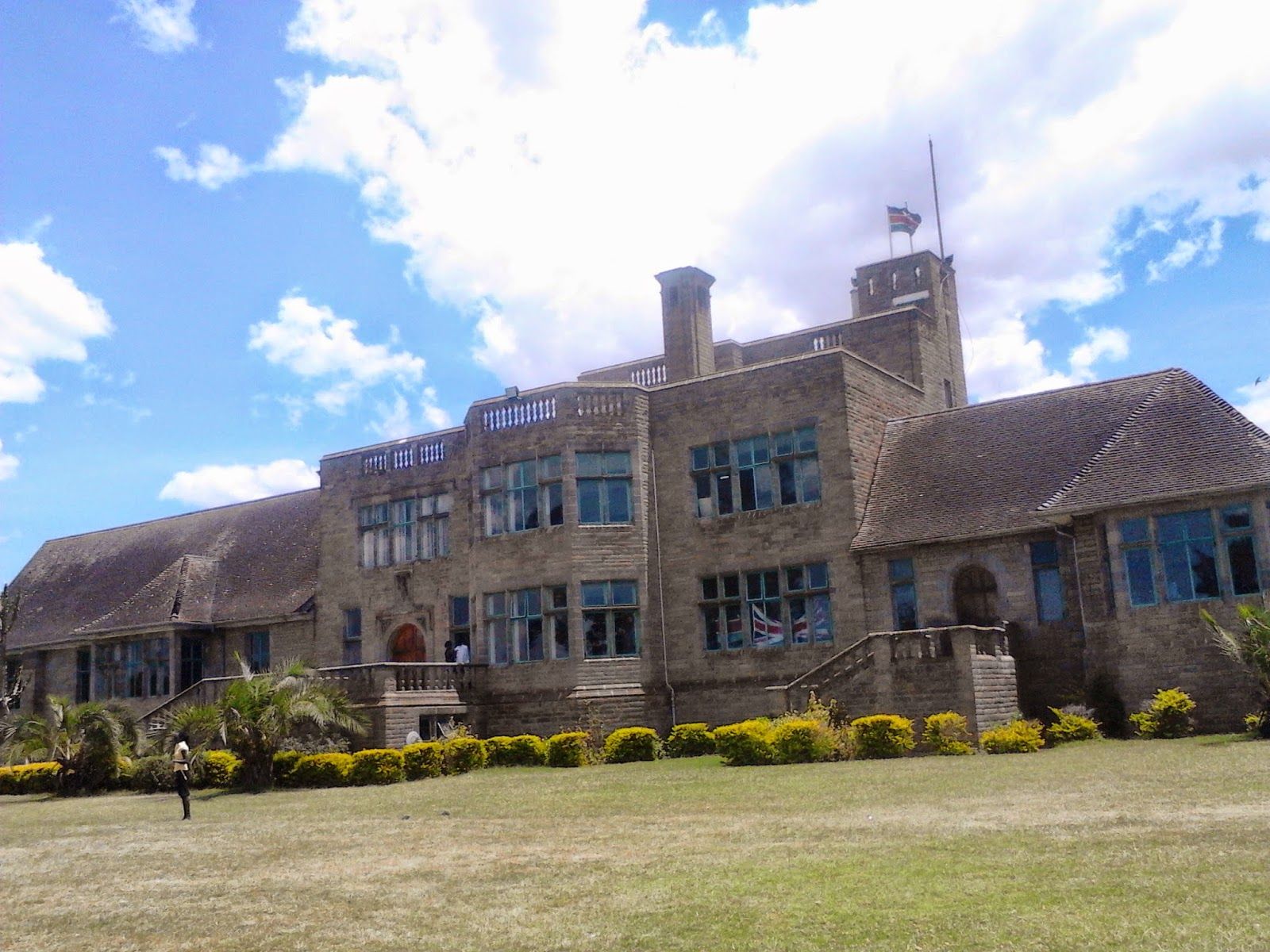By Ben Oduor
Maurice, the fourth and last Baron Egerton of Tatton, and the last son of Alan de Tatton and Lady Anna Louisia Taylor, first came to Kenya in the 1920s. An avid traveler, aviator, photographer and filmmaker, he was apportioned some 100,000 acres of land- which spanned from Ngata to Njoro areas- by the British colonial regime; and it was here that he built his four-roomed cottage.
Lord Maurice’s life and passion
Planning to settle down in his new found home in Africa, Maurice organised a trip to his country of birth, England. He intended to bring over his long-time fiancée; Lady Victoria, an Austrian woman he’d deeply fallen in love with in the early 1920s.
But things went south upon their arrival; the lady laughed off the house and compared it to a ‘chicken coop.’ To her, she was of ‘royalty’ back home and such a small house would never accommodate her. She decline to move in and fled the compound soon after.
Disappointed at the reception yet hell-bent on making the relationship work, Maurice sought to onstruct a bigger, impressive and classical house befitting his lover’s taste; a castle that would be incomparable to any other within the colony.
He hired the services of Englishman, Engineer Albert Baron, to draft its architectural design, and ordered for some quality construction materials from the neighbouring Njiru and Kedowa areas.
He then shipped in well chopped stones and zinc tiles for the roof of the building from Europe. And with about 100 Indian workers to provide technical labour as well as Africans to act as casual labourers, construction work began in 1938.
For 16 years, the castle was designed to the standards, drawing every detail from the family’s classical mansions in England. The outcome in 1954 was a magnificent four-storey castle with 52 specially designed rooms; and an escalator, at the time a symbol of royalty, to punctuate the standards.
Bubbling with joy and eager to impress, Maurice invited his fiancée to the edifice. But for the second time in a row, the reception was unwelcoming. His lady compared the house to a dog’s kennel and rejected it in the full glare of his friends.
She was irked by the expanse of the building and once again, refused to move in! This was the last action that hit the nail on the coffin for Lord Maurice’s attraction to women. He pinned notices on trees forbidding women from setting foot in his expansive land, properties as well as the castle.
Dogs and chicken were also a disliked lot, as these were the animals that were constant reference points when it came to discrediting Maurice’s properties.
According to Mandela Otieno, a tour guide and information officer at the castle, any woman who failed to observe the orders risked being shot. Employees were also instructed to provide notices almost two weeks before receiving any female relatives to avoid any confrontations, he says.
“He also desisted from marrying and spent the following years alone in the massive house. His guests and visitors were in most cases reminded to leave behind women and the other marked animals so they don’t remind him of his bitter past.”
Despite his untimely death as a bachelor in January 1958, having spent barely 5 years in his beautiful mansion, Lord Maurice Egerton left many wonderful investments behind. Some of these are currently generating capital to locals, Nakuru County and the Kenyan economy.
Other than founding Egerton University, which is currently a leading agricultural university in the country, his castle is an attraction site not just for domestic tourists but to many foreigners. Quite a number, mainly from the Lord’s country of England, have penned their names in the visitors’ book.
Technical features and rooms
80 years later, within the greenery environs of Ngata, some 14 kilometres from Nakuru town, the mansion stands strong, revealing memorable features like the sparkly green marbles around the fireplace, a dark room that acted as the Lord’s studio and a laundry section.
It’s fully furnished with a magnificent children’s room, master bedroom for him and his wife, confinements, alleyways, lacunas and cloister avenues, indicating the good plans the lord had for his ‘would be’ family. Also forming part of the 52 rooms is; a kitchen, wine cellar, reading rooms, a library and an armoury.
Leading up and across the rooms are stairways and walls paneled with British oak, while the bathrooms are fitted with bath tubs decorated colourfully. Guests are treated to a panoramic view of Ngata and Nakuru suburbs from the strategic balconies, lined up with polished carved stones.
While the roof of the massive building could now be wearing out courtesy of brutal beatings from harsh weather conditions, multiple zinc tiles beautifully gliding at each other provides evidence of just how advanced the technical input in the house was almost a century ago.
Events and charges
Under the management of Egerton University, the public can now access the building for various functions. Offers range from weddings, parties, ceremonies, meetings, games, as well as site seeing.
To view the facility, adult Kenyan citizens are charged Sh150, tertiary institutions Sh120, Secondary Schools sh100 while primary and nursery schools pay sh75 and Sh50 respectively. For foreigners; adults pay $12, tertiary institutions $10 while secondary, primary and nursery schools are charged $8, $6 and $4 respectively. Charges for events vary depending on the type and population.
According to Mandela, the rates range from Sh5000 for smaller parties like birthdays to Sh60000 for bigger events such as weddings. The four-roomed cottage where Lord Maurice Egerton lived before the castle was built has been transformed into a cafeteria.

